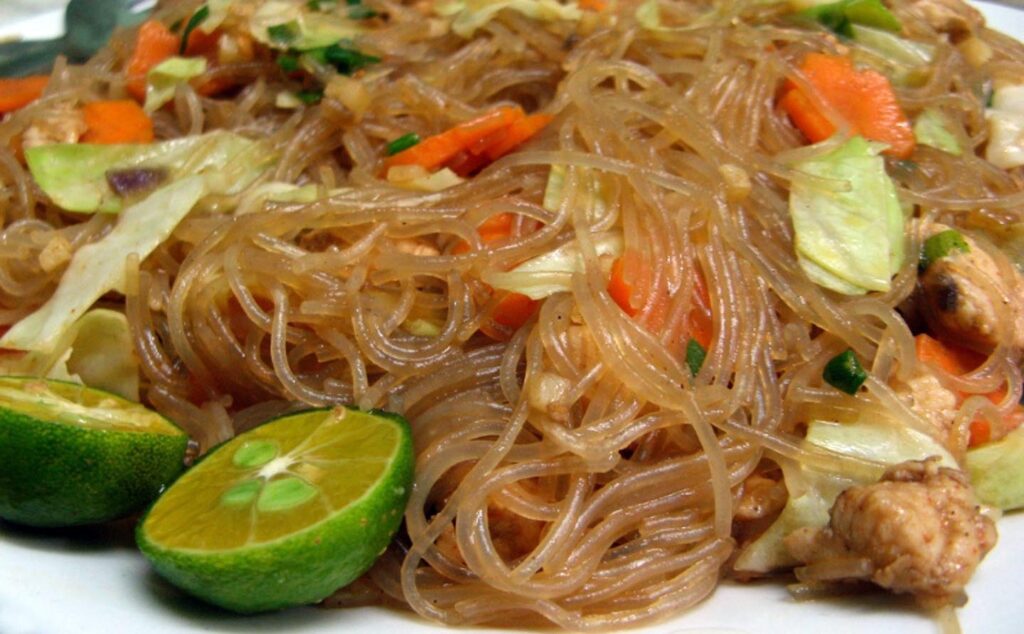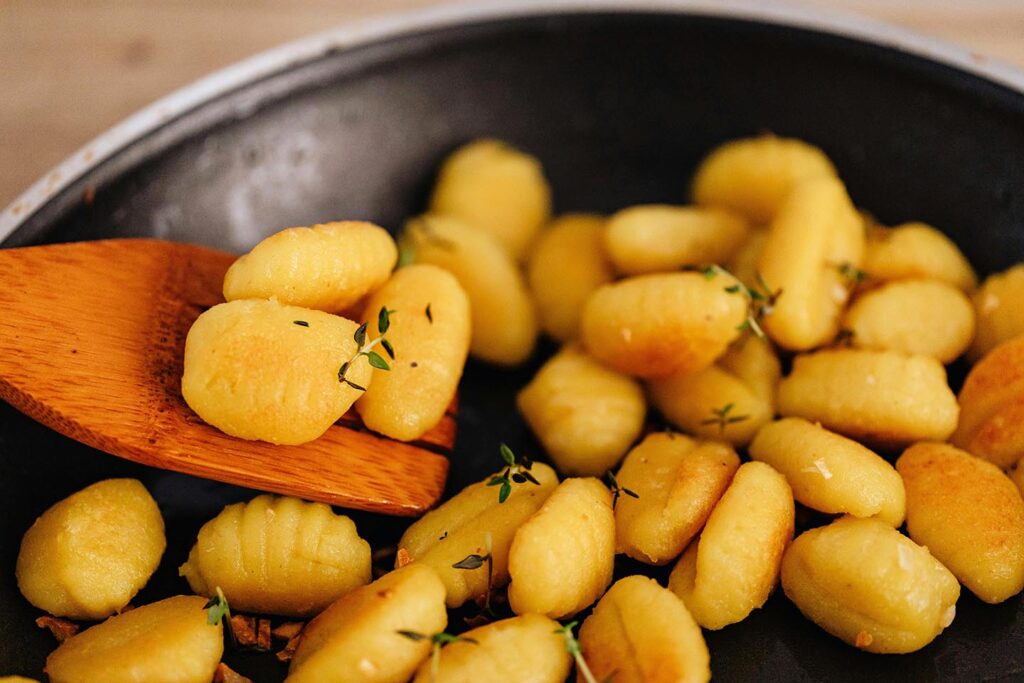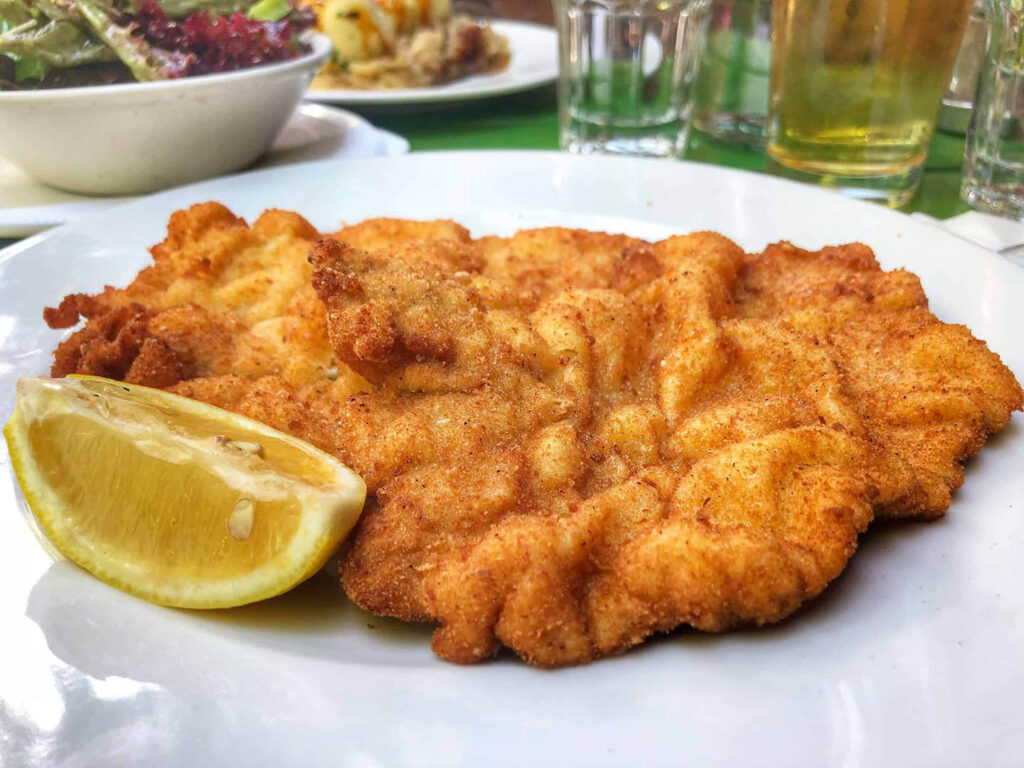
“Pancit Bihon” is a popular stir-fried Filipino noodle dish made with thin rice noodles called “bihon.” Pancit Bihon is a versatile and delicious dish that is commonly served at gatherings, celebrations, and everyday meals in the Philippines. The essential ingredients for Pancit Bihon typically include bihon noodles, sautéed vegetables such as carrots, cabbage, and green beans, and a protein source like chicken, pork, or shrimp. The dish is seasoned with soy sauce, fish sauce, and sometimes oyster sauce. It’s often garnished with slices of boiled eggs and sometimes sprinkled with crispy fried garlic for extra flavor and texture.
Pancit Bihon is known for its savory and slightly sweet flavor, and it’s a beloved and iconic Filipino noodle dish that varies in preparation from region to region and household to household. It’s a staple at Filipino celebrations, especially birthdays, as it holds significant cultural importance for many reasons, including:
- Longevity and Prosperity: Pancit Bihon is often served on birthdays and other celebratory occasions. The long bihon noodles are believed to symbolize long life, and consuming them on special occasions is thought to bring good luck and prosperity to the celebrant.
- Community and Togetherness: Preparing and sharing Pancit Bihon is a communal activity in Filipino households. It’s often cooked and enjoyed during family gatherings, parties, and other social events. It represents the spirit of togetherness and reinforces the importance of family and community bonds.
- Cultural Heritage: Pancit Bihon is a dish deeply rooted in Filipino culinary traditions and showcases the blending of indigenous, Spanish, and Chinese influences that have shaped Filipino cuisine over the centuries.
- Variation and Regional Identity: Different regions and provinces in the Philippines have their own variations of Pancit Bihon. The ingredients and preparation methods can vary, reflecting the diversity and depth of Filipino culture and local ingredients.
- Nurturing and Hospitality: Serving Pancit Bihon to guests is a way of showing welcome, hospitality, and care. It’s a staple at fiestas, weddings, and other significant gatherings.
Making Pancit Bihon is a delightful journey into Filipino cuisine, filled with vibrant flavors and a comforting aroma that will transport you to the Philippines. To create this classic dish, start by preparing your ingredients. You’ll need thin bihon rice noodles, chicken, pork, or shrimp for the protein, and an array of vegetables such as carrots, cabbage, and green beans. Begin by sautéing your chosen protein in a pan until it’s cooked through, then set it aside. In the same pan, stir-fry the vegetables until they’re tender yet crisp.
Next, soak the bihon noodles in warm water until they soften, then drain them. Add the soaked noodles to the pan with the vegetables and protein. Season everything with soy sauce, fish sauce, and sometimes oyster sauce to taste, allowing the flavors to meld and the noodles to absorb the delicious essence. Keep stir-frying until the noodles are well-coated and have absorbed the flavors.
To complete your Pancit Bihon, garnish the dish with slices of boiled eggs and, if desired, a sprinkle of crispy fried garlic. The result is a harmonious medley of textures and flavors, combining the softness of the noodles with the savory protein and the vibrant crunch of the vegetables.
Pancit Bihon is more than just a noodle dish; it’s a cultural emblem that embodies Filipino values, traditions, and beliefs. It plays a central role in celebrations and gatherings, underlining the importance of family, community, and cultural heritage in Filipino society.
Have you ever had Pacit Bihon? What did you think? Let us know in the comments!



